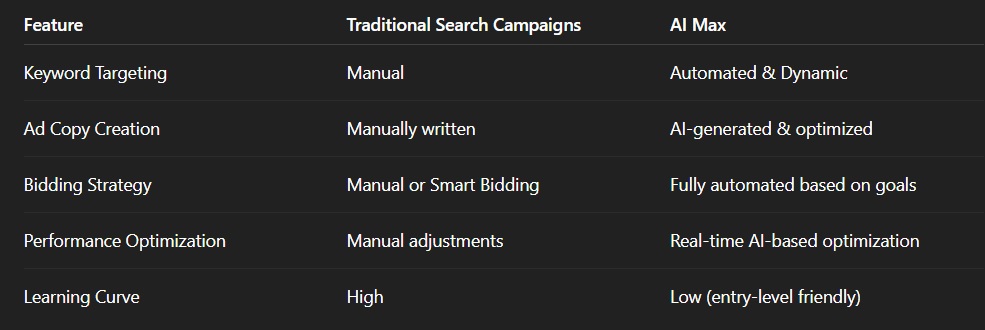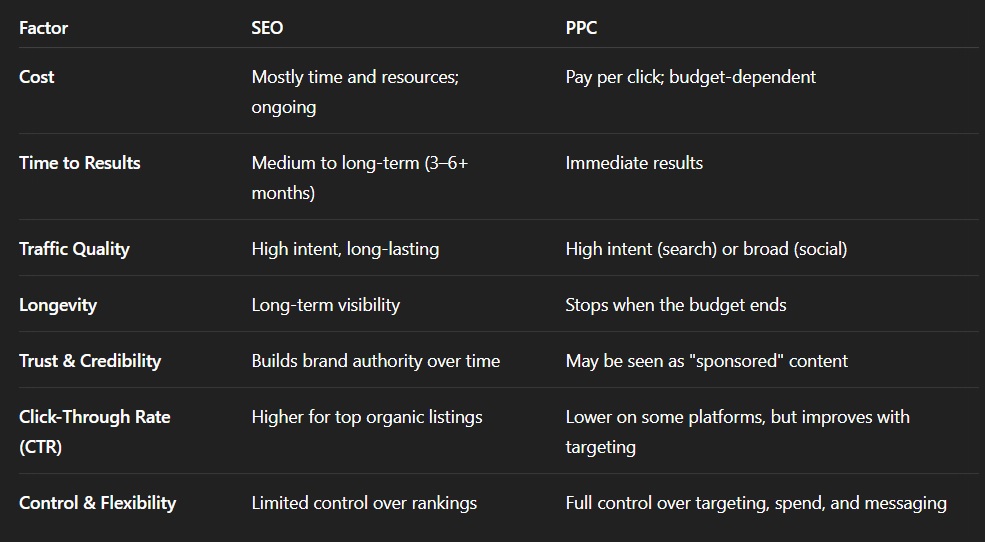The Intersection of Video SEO and Social Media: Tactics to Win
In today's digital landscape, video content reigns supreme. With platforms like TikTok, Instagram Reels, and YouTube Shorts capturing massive audiences, businesses are leveraging video to engage users and drive conversions. However, creating compelling videos is just the beginning. To maximize reach and impact, it's essential to integrate Video SEO (Search Engine Optimization) with social media strategies.
This intersection ensures that your video content not only captivates viewers but also ranks well in search results, enhancing visibility and driving sustained traffic.
Why Video SEO and Social Media Integration Matter
Video SEO involves optimizing video content to improve its visibility in search engine results. Optimized videos can achieve unparalleled exposure when combined with the expansive reach of social media platforms. This synergy is crucial because:
- Enhanced Discoverability: Optimized videos are more likely to appear in search results, increasing the chances of attracting organic traffic.
- Increased Engagement: Videos that are easily discoverable and shareable on social media platforms tend to receive higher engagement rates.
- Improved ROI: By ensuring videos are both search-friendly and socially engaging, businesses can achieve better returns on their content marketing investments.
Effective Tactics for Combining Video SEO and Social Media
1. Optimize Video Titles and Descriptions
Crafting compelling titles and descriptions is vital. Incorporate relevant keywords naturally to enhance searchability. Ensure that titles are concise yet descriptive, and descriptions provide context and include pertinent links or calls to action.
2. Leverage Hashtags Strategically
Hashtags increase the discoverability of your videos on social media platforms. Use a mix of trending, industry-specific, and branded hashtags to reach a broader audience. However, avoid overloading your posts with too many hashtags, which can appear spammy.
3. Create Engaging Thumbnails
Thumbnails serve as the first impression of your video. Design eye-catching thumbnails that accurately represent the content and entice viewers to click. Consistent branding in thumbnails can also enhance recognition across platforms.
4. Incorporate Transcripts and Captions
Adding transcripts and captions not only makes your videos more accessible but also improves SEO. Search engines can crawl text, so including transcripts allows for better indexing of your video content.
5. Promote Videos Across Multiple Platforms
Don't limit your videos to a single platform. Share and promote them across various social media channels to maximize reach. Tailor your messaging to fit the unique audience and format of each platform.
6. Engage with Your Audience
Encourage viewers to like, comment, and share your videos. Engagement signals to both search engines and social media algorithms that your content is valuable, potentially boosting its visibility.
7. Analyze Performance Metrics
Regularly monitor metrics such as watch time, click-through rates, and social shares to assess the effectiveness of your video content. Use these insights to refine your strategies and improve future videos.
Adapting to Platform-Specific Nuances
Each social media platform has its own set of algorithms and user behaviors. Understanding these nuances is crucial for optimizing video content effectively.
YouTube
- SEO Focus: YouTube is the second-largest search engine. Optimize video titles, descriptions, and tags with relevant keywords.
- Engagement: Encourage subscriptions, likes, and comments to boost video rankings.
- Reels: Short-form videos are prioritized. Use trending audio and hashtags to increase visibility. Reddit
- Captions: Craft engaging captions that prompt users to interact.
TikTok
- Trends: Stay updated with current trends and challenges to create relevant content.
- Hashtags: Utilize popular and niche hashtags to reach target audiences.
The Role of Analytics in Refining Strategies
Data-driven decision-making is essential for optimizing the intersection of video SEO and social media. Key metrics to monitor include:
- View Count: Indicates the reach of your video.
- Engagement Rate: Measures how actively viewers interact with your content.
- Click-Through Rate (CTR): Assesses the effectiveness of your video titles and thumbnails.
- Audience Retention: Shows how long viewers are watching your videos, highlighting content strengths and drop-off points.
Regularly reviewing these metrics allows for continuous improvement and more effective content strategies.
Conclusion
Integrating Video SEO with social media strategies is no longer optional—it's imperative for businesses aiming to maximize their digital presence. By optimizing video content for search engines and tailoring it for social media platforms, brands can enhance visibility, drive engagement, and achieve their marketing objectives.
As the digital landscape continues to evolve, staying informed about best practices and platform updates will ensure that your video content remains effective and impactful.

